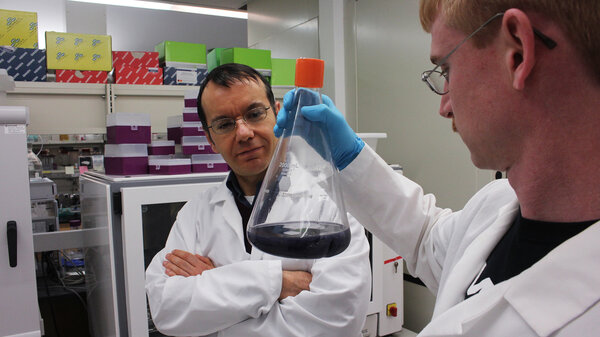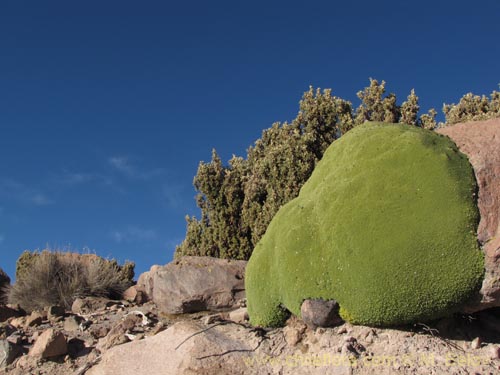Rheum nobile, or the Noble rhubarb, is a giant herbaceous plant native to the Himalaya, belonging to the Polygonaceae family. It has such an exotic tower-shape strucutre, so it is hard to believe it is actually related to rhubarb and buckwheat, which are more common plant species in the Polygonaceae family. Rheum nobile are found in the alpine zone at 4000–4800 m altitude, with very few other plants and animals living around.
Rheum nobile has an amazing body plan. Its outer curtain of translucent bracts can pass visible light, creating a greenhouse effect, while blocking ultraviolet radiation. This trait is thought to be a key adaptive feature for Rheum nobile to survive in the harsh high-altitude environment with excessive UV-B radiation and low temperature. Several quercetin flavonoids have been identified in the bracts of Rheum nobile as the major UV protectants in this plant.

A recent study published in the New Phytologist uncovered a secret trick of its lifecycle. Rheum nobile is a selfer, but relies on Bradysia flies for pollination. Seed production resulting from pollination then becomes the food for Bradysia larvae. It also appears that Bradysia flies are particularly attracted by the floral scent emitted from Rheum nobile. This pollinating seed-consuming mutualism represents a remarkable symbiotic adaptation for species to survive in extremely harsh enviroments.
(d) Female and male Bradysia sp. mating outside the bract. (e) A female fly visiting a flower. (f) An ovipositing female fly. (g) A pollinated stigma. (h) A fruit infested by a fly larva. (i) Pupae of fly under litter. Image from Song et al. New Phytol 2014










